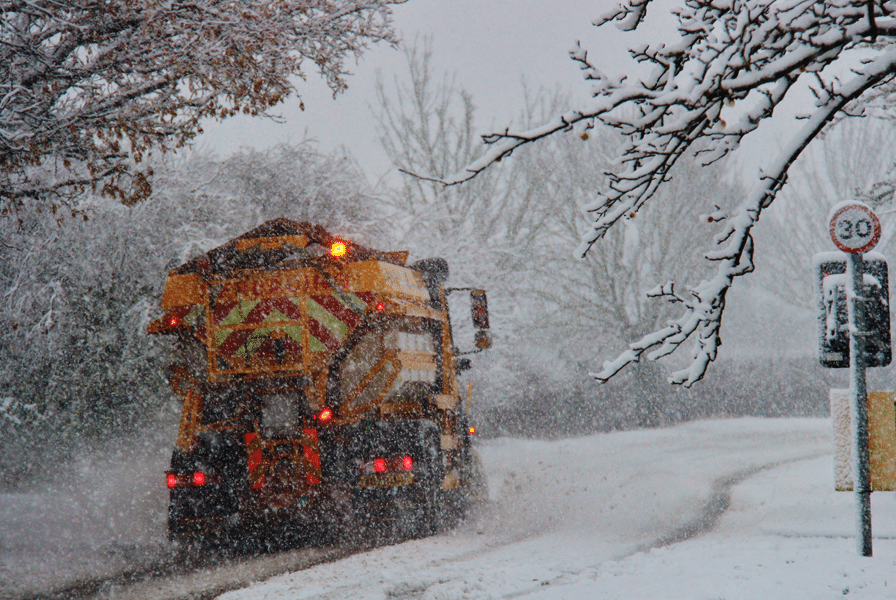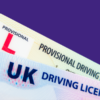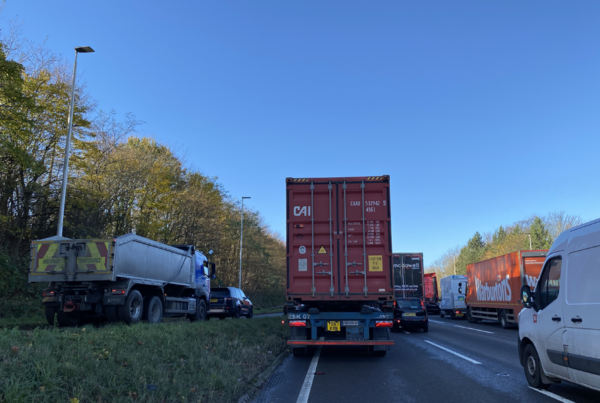
The North East has been urged to prepare for potentially disruptive snow and ice early next week, with forecasters warning of hazardous conditions across the region. The Met Office has issued a 24-hour yellow weather warning starting from 10am on Monday, November 18, through to 10am on Tuesday, November 19, as cold Arctic air sweeps in, bringing freezing temperatures and wintry showers.
The warning covers the entire region, including Northumberland, Newcastle, Gateshead, Sunderland, and County Durham, as well as stretching further afield to parts of Scotland and Yorkshire.
What to Expect
Forecasters predict a mix of rain, sleet, and snow across the region, with the heaviest snowfall likely on higher ground, where up to 10-20cm could accumulate. There is also a small chance of snow settling at lower levels, which could cause significant disruption. As temperatures drop overnight, untreated surfaces may become icy, leading to slippery roads and pavements.
Travel disruption is possible, with delays to road, rail, and air services. Drivers are being advised to check for updates and amend travel plans if necessary.
Top Tips for Driving in Snow and Ice
Stock Up on Winter Essentials
- Keep de-icer, a good-quality ice scraper, and a shovel in your car at all times. It’s also vital to ensure your screenwash is topped up with a formula capable of working at temperatures of at least -10°C. Many cheap screenwash solutions only work down to -2°C, which isn’t adequate for the UK’s winter conditions.
Check the Forecast and Plan Ahead
- Before setting off, check the latest weather updates and traffic conditions. Stick to major roads wherever possible, as these are more likely to be gritted and cleared.
Prepare Your Vehicle
- Ensure your windscreen, mirrors, and roof are completely cleared of snow and ice.
- Check that your tyres are in good condition with adequate tread depth for grip.
Adjust Your Driving Style
- Reduce your speed and maintain a larger gap between you and the vehicle in front, as stopping distances can increase significantly on icy roads.
- Use gentle steering, acceleration, and braking to avoid skidding.
Carry an Emergency Kit
- Always have essentials like a blanket, warm clothes, snacks, water, a phone charger, a torch, and a first-aid kit in your car.
Stay in Control
- If your car begins to skid, steer gently into the skid and avoid harsh braking. In snowy conditions, start in a higher gear to reduce wheel spin when pulling away.
Keep Updated
Widespread snow can be tricky to predict in advance, so it’s crucial to stay up to date with the latest forecasts. You can follow the Met Office and your local Council for live updates on weather warnings and gritting schedules.
For learners and newly qualified drivers, navigating snow and ice can be daunting. At Shift Driving School, we offer practical advice and training to help you feel more confident in challenging weather conditions.
Remember, it’s always better to arrive late than not at all. Stay safe and drive carefully!











